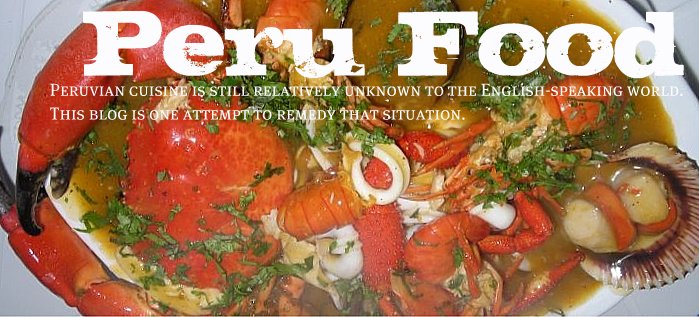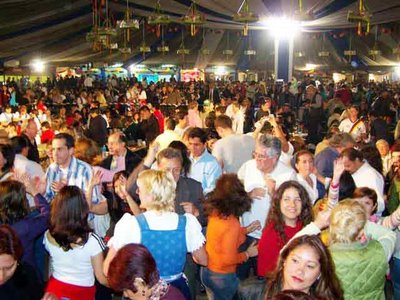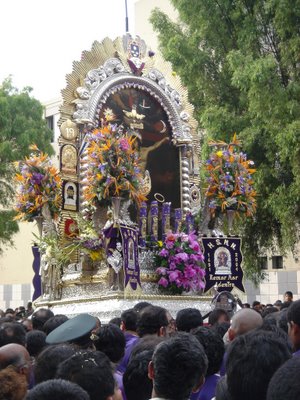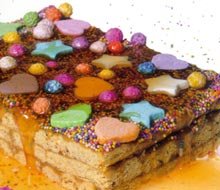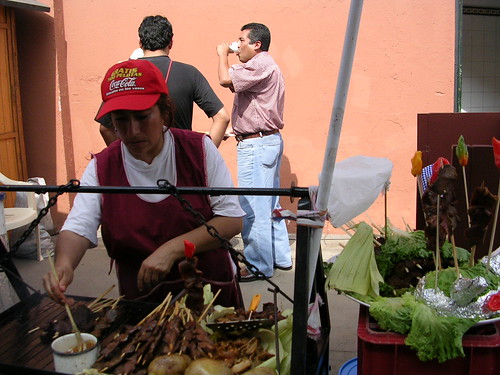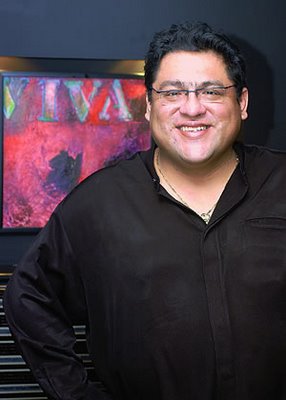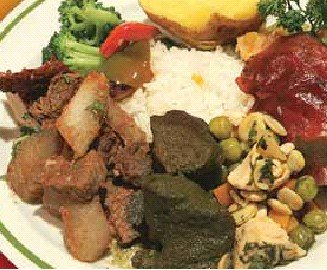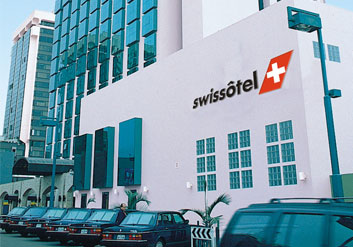The article focuses on the overwhelming theme of Peruvian food, that it is the quintessential fusion cuisine, the intersection of indigenous, Spanish, European, and Asian culinary traditions. Peruvian cuisine combines flavors, techniques, and traditions that come together to create what some consider among the world's best.
In the AP article, writer Leslie Josephs highlights several restaurants in Lima, including Sankuay (also known simply as Chef Wong), the almost secretive restaurant on the ground floor of the chef's own home , where you knock at the door to be let into the ten-seat establishment. Why is this unlikely location getting so much media attention? Much has to do with chef/owner Javier Wong's special skill with seafood. His ceviche is said to be among the best in a city teeming with the best ceviches. AP calls his place, "a speakeasy for ceviche."
AP describes Chef Wong's ceviche-making techniques: "In a metal bowl he stirs [onion,] cubes of fresh raw flounder, juice from acidic Peruvian limes, aji (Peruvian chilies), salt and ground pepper." Chef Wong doesn't garnish his ceviche with sweet potato and large-kerneled corn like others do; but, "Wong's ceviche is salty and the unorthodox use of ground pepper gives the dish a crunch. The fish's texture is not lost but enhanced by the juicy mix's strong flavor."
Chef Wong or Sankuay
Enrique León García 114, Santa Catalina, La Victoria,
between block 3 and 4 of Avenida Canada.
Monday to Saturday, lunch only.
Median price per plate: S/. 40
Beverages: Only sodas or bottled beer, no corkage fee.
Costanera, an elegant Asian seafood eatery is also mentioned. Owner Humberto Sato is the known as one of the chief proponents of Peru's Nikkei cuisine, which fuses Japanese and Peruvian flavors. Both cuisines celebrate fish and shellfish, so it is a happy marriage.
AP recommends the "chita a la sal, a white ocean fish baked in a thick coat of salt". The description of the presentation is mouth-watering: "The salt-encrusted fish is dabbed with rum and served flaming. The waiter taps a knife with a spoon to break open the shell of salt and serves generous portions of the buttery fish into deep bowls."
"Small dishes of hot butter, garlic, olive oil and parsley, and ginger and green onion are also served, each presenting a strong and delightful enhancement to the fish, which smacks against your molars when chewed."
Costanera 700
Avenida del Ejército 421, Miraflores
Phone: 421-7508
Rafael Restaurant, housed in a Miraflores mansion, and headed by young chef Rafael Osterling is also mentioned in the article. This chic restaurant embodies fusion: among the specialities are "sashimi, pizza, grilled octopus and gnocchi." AP recommends the "spaghettini with marinated lobster in a garlic confit, served with lemon and basil." They also suggest any trip to Rafael's is incomplete without "the crunchy shrimp tempura appetizer in a sweet and spicy sauce over a salad of cucumber, mango, avocado and Cajun-spiced nuts."
Rafael Restaurant
San Martín 300, Miraflores
Phones: 242-4149, 241-2834
Toshiro Konishi's Peruvian Japanese fusion restaurant, Toshiro's, is another restaurant listed in the article. Konishi regularly represents Peru in food festivals worldwide. AP recommends, "a flounder tiradito sliced so expertly thin that the plate's design shows through. It's served with a sauce of soy, green onion and rocoto, a spicy Peruvian pepper."
Toshiro's
Avenida Conquistadores 450, San Isidro
Phone: 221-7243
Of course, no article about contemporary Peruvian cusine is complete without mentioning one of the stars of the modern Peruvian kitchen: Gaston Acurio and his Astrid & Gaston Restaurant in Miraflores.
Astrid & Gaston Restaurant
Cantuarias 175, Miraflores
Phone: 444-1496
Peru.Food@gmail.com
.
.
.
TAGS: Peru, Peruvian, food, cooking, cuisine, cocina, comida, gastronomía, peruana
